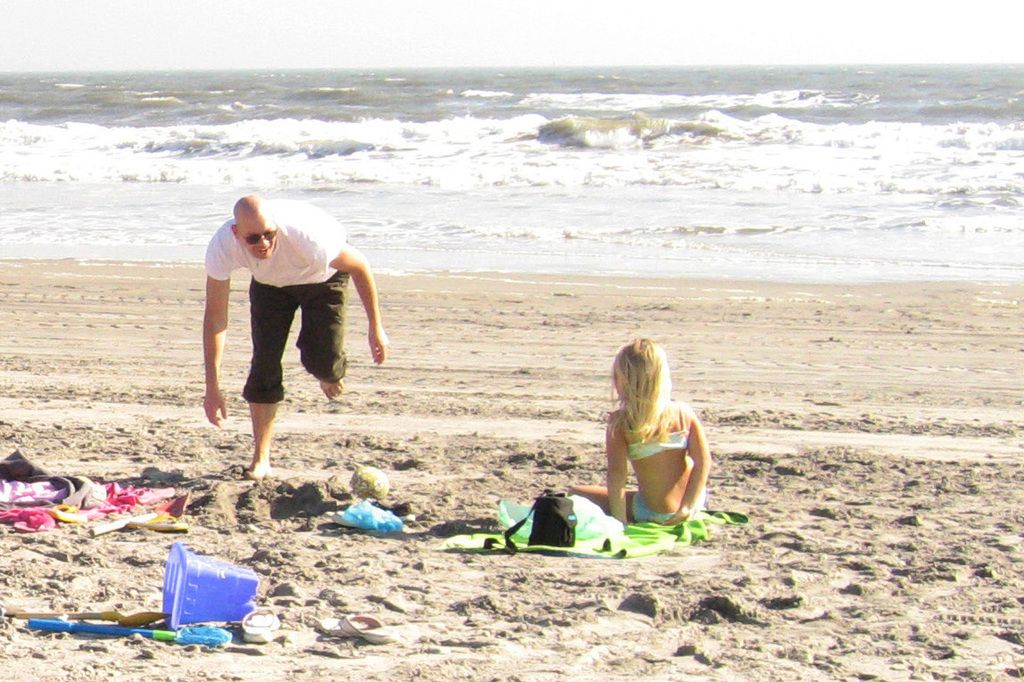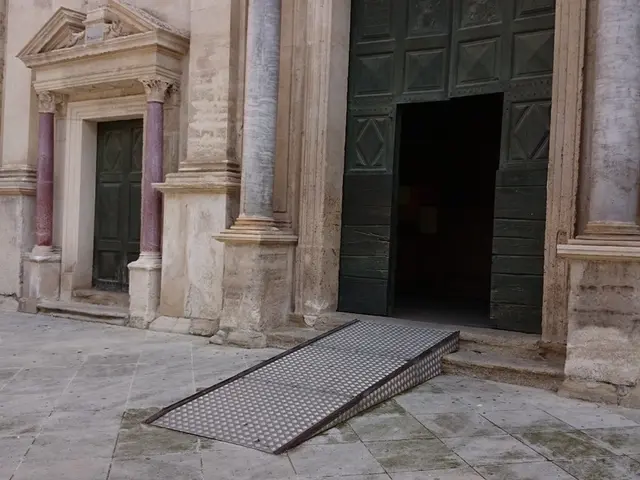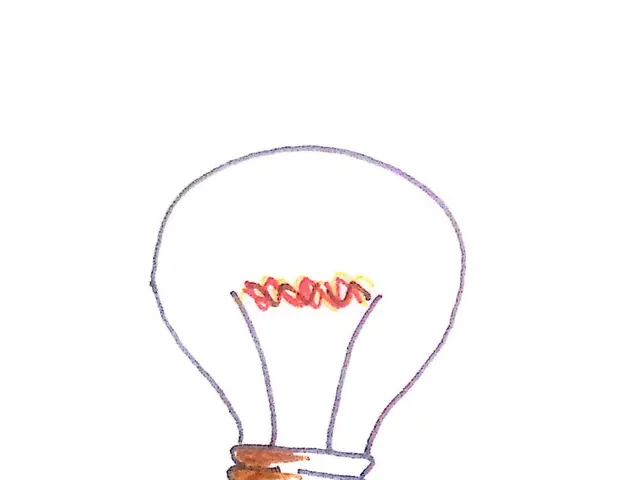battery-powered High-Pressure Cleaners: Score big on Flexibility, Not Always on Performance
Portable, Wireless High-Pressure Cleaner Under Evaluation: Battery-Powered Model Avoids the Need for Cables
When you're all set to clean your patio, walkways, or garden items, you don't have to worry about a power outlet being nearby. A test shows: Battery-powered devices can also deliver impressive results.
Battery-operated high-pressure cleaners might seem more expensive than their corded counterparts. But, they offer unparalleled flexibility, worth a closer look at the individual models. Here are the deets!
In the Limelight
Surprisingly, among battery-powered high-pressure cleaners, there's a significant variation - in terms of price, weight, performance, and potential applications. This is demonstrated by a test run by the magazine "DIY" (July 2025 issue) in partnership with TÜV Rheinland.
Scorecard
- Five out of the seven devices scored a "good" rating.
- One device got a "satisfactory" rating.
- One model landed with a "poor" rating primarily due to a spray lance that was deemed too short according to testers.
Top picks:
- Ego Power+ (56V HPW2000E) with a rating of 1.6 (~$1,460)
- Makita (40V, HW001GZ) with a rating of 1.8 (~$890)
- Stihl (REA 100 PLUS) with a rating of 1.9 (~$540)
From the well-rated options:
- Pricing Champions: Stanley Fatmax (V20, SFMCPW1500) received a rating of 2.2 and costs around $600 including battery and charger.
- Bosch (Universal Aquatac 36V-100) received a rating of 2.4, with a total cost of $440.
The seven tested devices varied greatly in price: The least expensive model cost $130, while the priciest device was around $1,580.
Choosing Your Weapon
Selecting the best cleaner isn't solely dependent on the price. The intended use is crucial. The devices tested delivered results on tasks such as cleaning wheels, removing algae from limestone plates, and tackling lichen-covered concrete composite paving stones (with increased time needed for some devices).
There were considerable differences in terms of water pressure, ranging from 85 to 200 bar among tested devices. However, the testers noted that pressure alone isn't decisive. Instead, it depends on the intended use and the device's adjustment options.
For example, caution is advised when cleaning wood, as the use of a point jet can cause it to splinter. Some devices have the option of adjusting from point to flat jet. In cases of wood, a wide flat jet works best for removing dirt and weathered wood fibers.
If portability is a concern, choosing a light and compact model is recommended. The weight of the tested devices ranged from 1.6 to 22.5 kilograms, so look for something suitable for your needs.
Sources:
- ntv.de, awi/dpa
- consumers
- tenants
- landlords
- real estate
- tests
- apartment
In the domain of contemporary lifestyles, home-and-garden maintenance, or even technology enthusiasts, the flexibility offered by battery-operated high-pressure cleaners can prove to be a noteworthy addition. Despite the initial higher cost compared to corded counterparts, these devices can deliver impressive results, similar to the findings in the "DIY" magazine's (July 2025 issue) test, showcasing a range of high-quality models such as the Ego Power+ and Makita.








